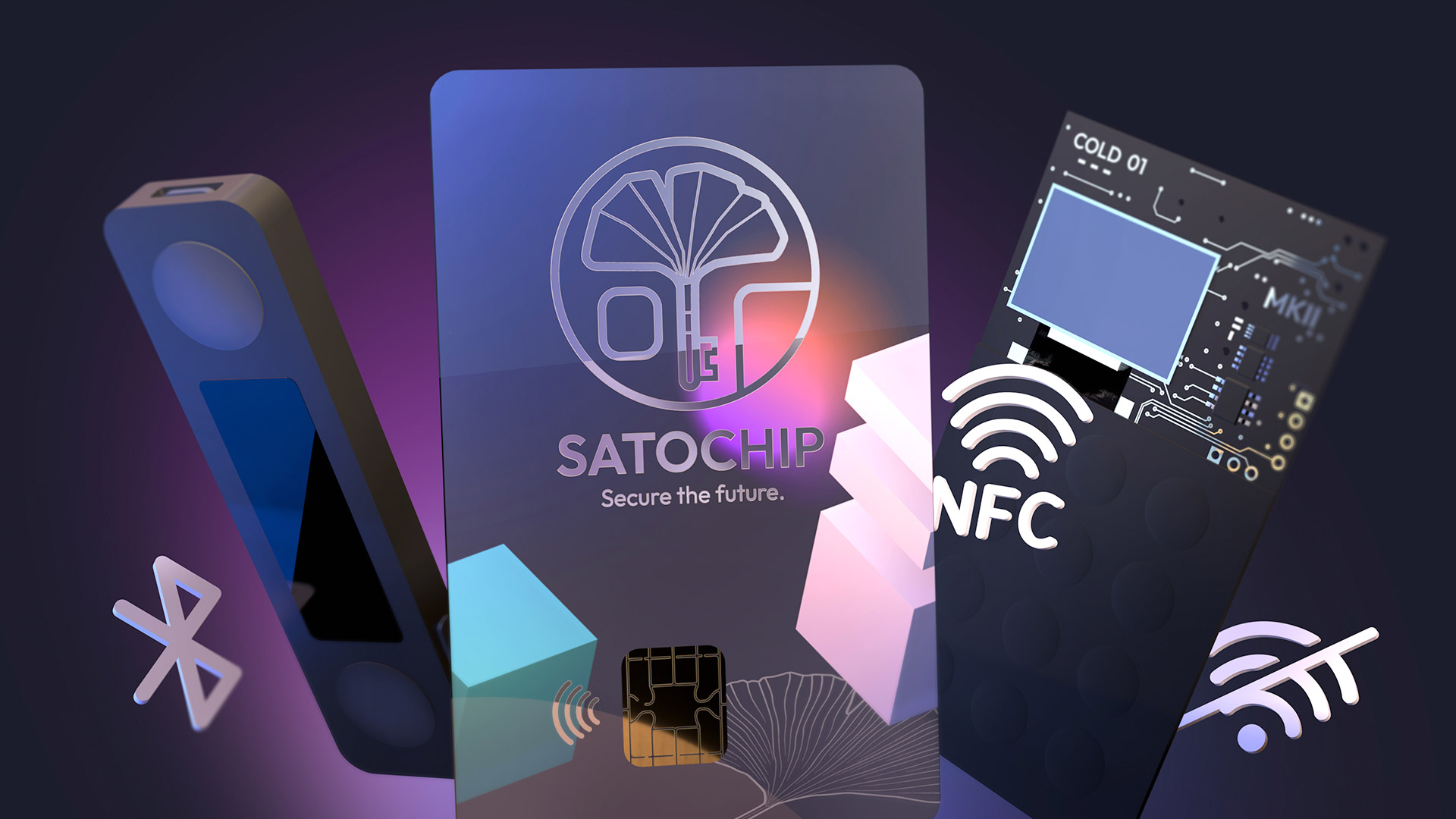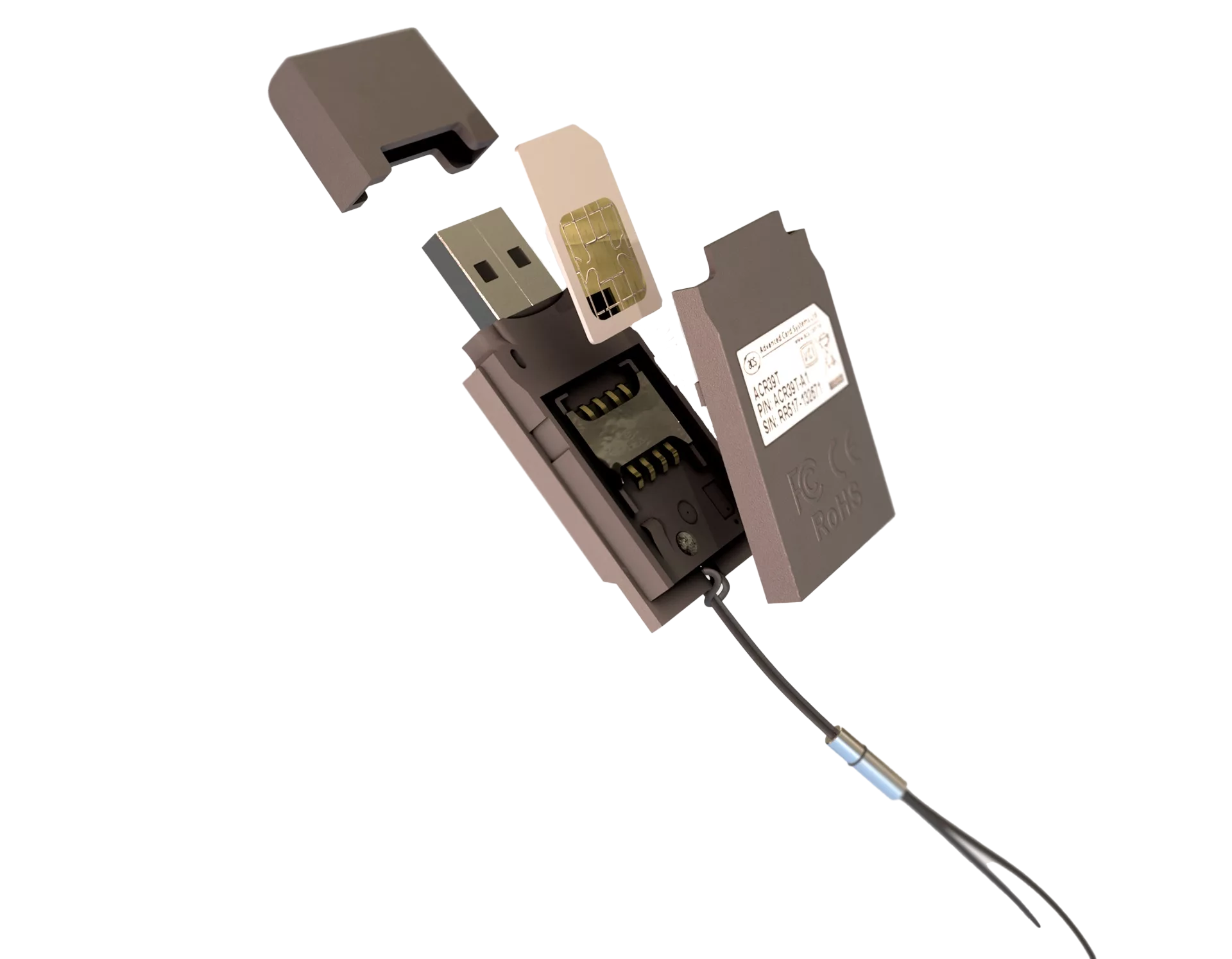The different types of hardware wallet

Diving into the different types of hardware wallets
Introduction
A hardware wallet is a specialized physical device designed to securely store and manage cryptocurrency private keys offline. It’s a form of cold storage, meaning it’s not connected to the internet when not in use. The private keys stored on a hardware wallet are crucial for accessing and managing your cryptocurrency holdings and conducting transactions on a blockchain network. For more information about the hardware wallet, check out our comprehensive guide🔗.
Why would you opt for a hardware wallet?
Opting for a hardware wallet has several compelling reasons, especially if you’re involved in cryptocurrency and value the security and control of your digital assets. Private keys never leave the device, making them highly resistant to online hacking attempts, malware, phishing attacks since they operate offline. With a hardware wallet, you have full control over your private keys and, consequently, your funds. You’re not relying on a third party (like an exchange) to secure your assets.
USB-type hardware wallets
The most common hardware wallet type! They’re similar to typical USB flash drives, but equiped with a secure element for extra security. You can connect them to your computer to manage your cryptocurrency holdings. The main players are Ledger or Trezor.
Smartcard hardware wallets
With the same form factor as your credit card, the smartcard hardware wallet, such as Satochip🔗, can be used to securely store your private keys.
The main advantage is multi-device use, whether desktop or mobile, thanks to NFC technology. Satochip is an innovative and disruptive player in this field. Learn more about the Satochip company by following this link🔗.
There are many different types of smart card, including bank cards and SIM cards🔗. This technology can also be embedded in other objects such as jewelry, rings, watchbands, poker chips, stickers, etc.
Thanks to these numerous formats, Satochip technology can be integrated into your IOT and DIY projects🔗. See how we can help you integrating Satochip’s technology in your own business with our B2B service🔗.

Bluetooth-enabled hardware wallets
It’s also worth mentioning that other equipment facilitates the use of hardware wallets at mobile level by using the Bluetooth technology.
It allows the user to easily connect the hardware device to a Bluetooth compatible equipment.
While Bluetooth is an excellent technology, it also has several drawbacks: it can be difficult to synchronize the device with your mobile, and it requires power and therefore a battery.
The Satochip hardware wallet is equipped with NFC technology, which offers mobile connectivity without the need for a power source such as a battery.
Air-gapped hardware wallets
These are devices purposefully designed to never connect online. For instance, Coldcard which signs transactions in its isolated environment. Although these devices are considered “the most secure”, they are nonetheless more complex to use on a day-to-day basis, due to their lack of interaction with your software.
Conclusion
With tech’s relentless evolution comes new threats.
That’s why it’s essential to choose the right hardware wallet to suit individual preferences and security requirements. Hardware wallets are considered as one of the most secure methods for storing cryptocurrencies.
Reliable, space-saving, affordable, mobile ready, open source and secure… Are these your criteria for a hardware wallet? Then you’ve come to the right place: get a Satochip!


